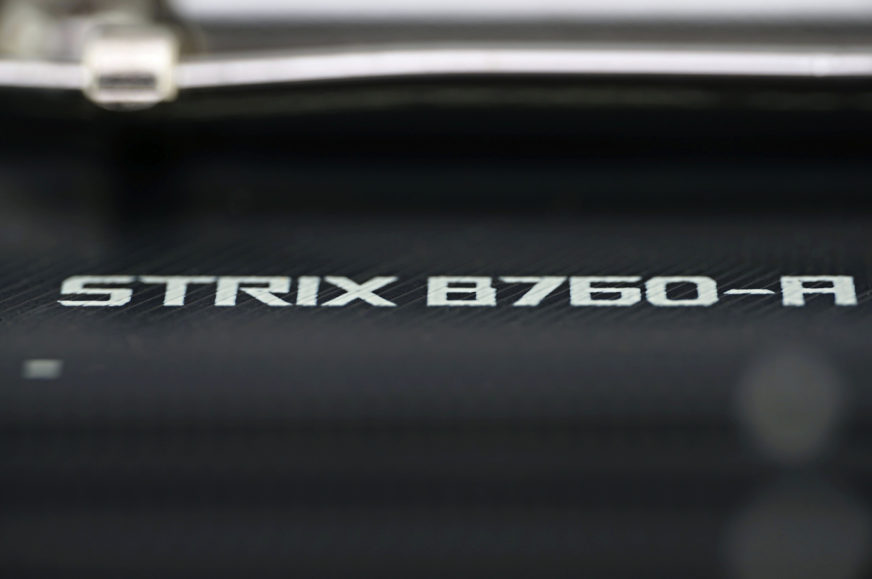3DMark
After the Z790 motherboards for the Intel LGA 1700 platform, models with cheaper B760 and H770 chipsets are also coming out. In this test, we’ll take a detailed look at the Asus ROG Strix B760-A Gaming WiFi D4 motherboard, which takes full advantage of what the new chipset (B760) brings. You’ll also get a general idea of how the Core i9-13900K processor performs with DDR4 memory compared to the faster DDR5 modules.
3DMark
We use 3DMark Professional for our tests and from the tests, Night Raid (DirectX 12), Fire Strike (DirectX 11) and Time Spy (DirectX 12). In the graphs you will find the CPU sub-scores, the combined scores, as well as the graphics scores. From this you can see to what extent a given CPU is limiting the graphics card.
- Contents
- Asus ROG Strix B760-A Gaming WiFi D4 in detail
- What it looks like in the BIOS
- Methodology: Performance tests
- Methodology: How we measure power draw
- Methodology: Temperature and clock speed measurements
- Test setup
- 3DMark
- Borderlands 3
- F1 2020
- Metro Exodus
- Shadow of the Tomb Raider
- Total War Saga: Troy
- PCMark and Geekbench
- Web performance
- 3D rendering: Cinebench, Blender, ...
- Video 1/2: Adobe Premiere Pro
- Video 2/2: DaVinci Resolve Studio
- Graphics effects: Adobe After Effects
- Video encoding
- Audio encoding
- Photos: Adobe Photoshop, Affinity Photo, ...
- (De)compression
- (De)encryption
- Numerical computing
- Simulations
- Memory and cache tests
- M.2 (SSD) slots speed
- USB ports speed
- Ethernet speed
- Power draw without power limits
- Power draw with power limits by Intel
- Achieved CPU clock speed
- CPU temperature
- VRM temperature – thermal imaging of Vcore and SOC
- SSD temperature
- Chipset temperature (south bridge)
- Conclusion












